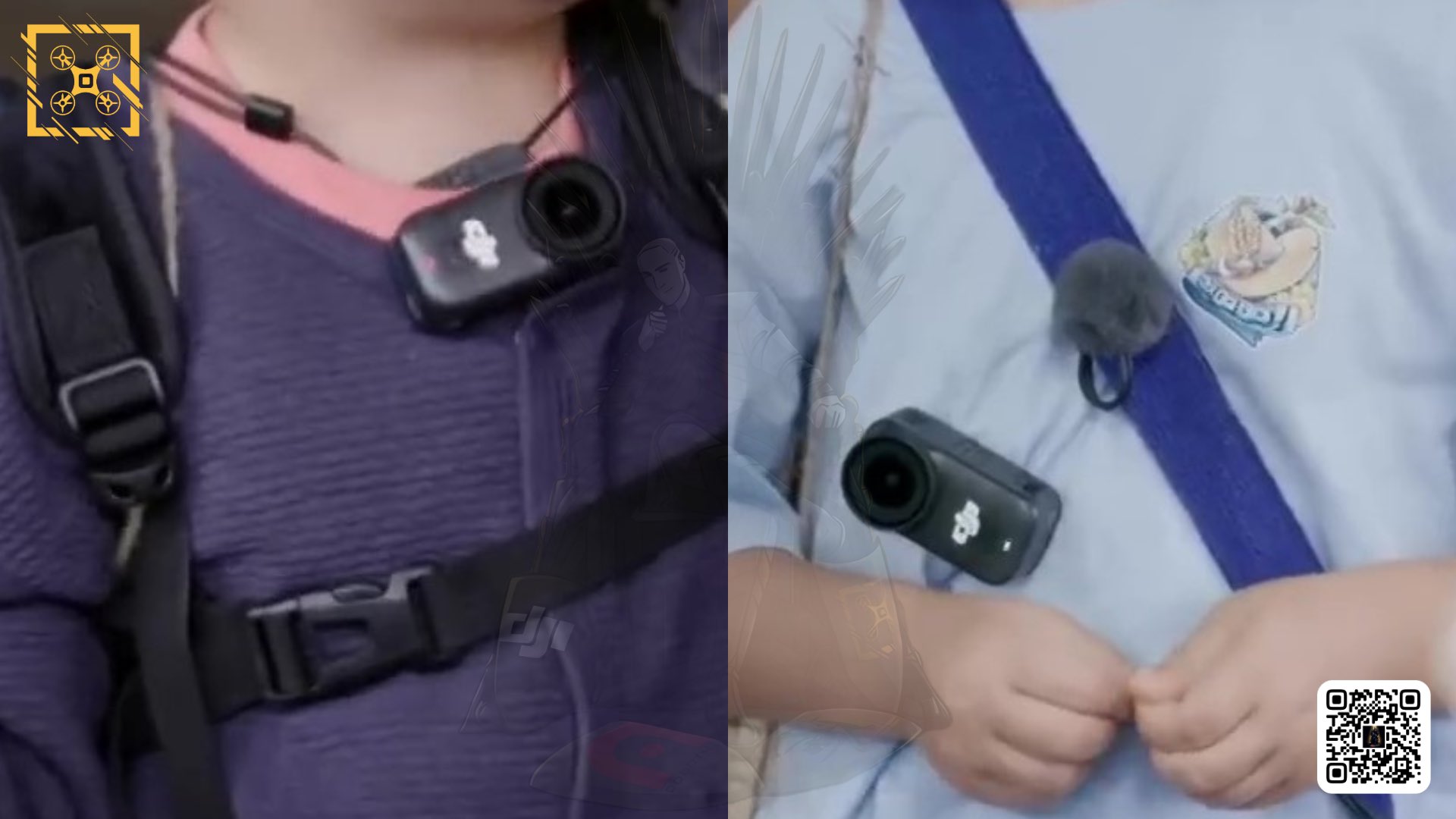Latest DJI Osmo Nano Leaks Highlight Modular Action Camera Design


The latest DJI Osmo Nano leaks showcase dozens of images that finally reveal the pocket camera’s modular action camera design in full detail. Over a dozen leaked photos have emerged online, confirming that DJI is positioning this tiny device squarely against Insta360’s GO 3S wearable cam.
In fact, one industry leaker bluntly teased the Osmo Nano’s debut by declaring “Insta360 GO, eat your heart out,” underscoring DJI’s intent to challenge Insta360 head-on in the ultra-compact action camera space. Despite its small size, the Osmo Nano’s form factor in these images appears a bit bulkier compared to Insta360’s sleeker GO series design, hinting that DJI has prioritized versatility over minimalism in its approach.
Latest DJI Osmo Nano Photo Leaks
DJI Osmo Nano Modular Design Photo Leak

Leaked photos show the DJI Osmo Nano in use as a wearable camera. In these images, the Nano’s small lens module (top) attaches to a separate display module (bottom) clipped to the user’s shirt. Image courtesy of Igor Bogdanov.
The design insights from these pictures confirm a fully modular action camera: a tiny camera unit that locks into a separate rectangular display/battery module. At first glance, the standalone camera module is a dead ringer for the Insta360 GO 3S’s pill-shaped camera. However, unlike the GO 3S, which can be inserted into a “Action Pod” housing with a flip-up screen to mimic a conventional action cam, DJI’s Osmo Nano attaches directly to its screen module via a custom mount. This mounting system is likely magnetic, helping snap the camera and display together securely.
The leaked images show that the DJI Osmo Nano’s display module can be rotated to face either forward or backward, enabling easy switching between first-person POV shooting and selfie vlogging modes. Such flexibility suggests the Osmo Nano is built with both everyday life-logging and creator-style content in mind.
DJI Osmo Nano vs Insta360 Go 3 Design Difference
These new details also highlight how DJI’s design diverges from its rival.
The fully assembled Osmo Nano (camera + screen attached) comes across as taller and a bit more cumbersome than Insta360’s solution. The GO 3S’s case encases its camera neatly, whereas the Osmo Nano’s stacked configuration leaves a two-piece device that juts out when worn on a shirt or strap. Will it DJI Osmo Nano be a good Insta360 Go 3 alternative? We have yet to see.
This design could make the Nano slightly less sleek during use, though it may offer other advantages – for example, DJI’s mounting mechanism could allow additional modules or accessories in the future, hinting at a broader ecosystem beyond just the display unit. Importantly, DJI has revived the concept it first explored with the Action 2, delivering a wearable, magnetic, modular camera system but on a larger scale and aimed at Insta360’s niche.
A promising look
As of this leak, concrete specifications (sensor size, resolution, stabilization features, etc.) for the Osmo Nano are still under wraps. We will be on the lookout for pricing details, as none have surfaced yet either. The timing of these extensive leaks suggests an official launch is imminent – reportedly slated for July 23, around the one-year anniversary of the Insta360 GO 3S.
If DJI can deliver competitive image quality and usability in this new form factor, the Osmo Nano could become a compelling alternative to the Insta360 GO 3S for creators and adventurers looking for a wearable action camera. All eyes will be on how this modular action camera performs in practice, but one thing is clear from the leaks: DJI is directly gunning for Insta360’s crown in the mini cam arena, bringing its own twist to the ultra-portable, mount-anywhere action cam design.
Featured image by Igor Bogdanov.



